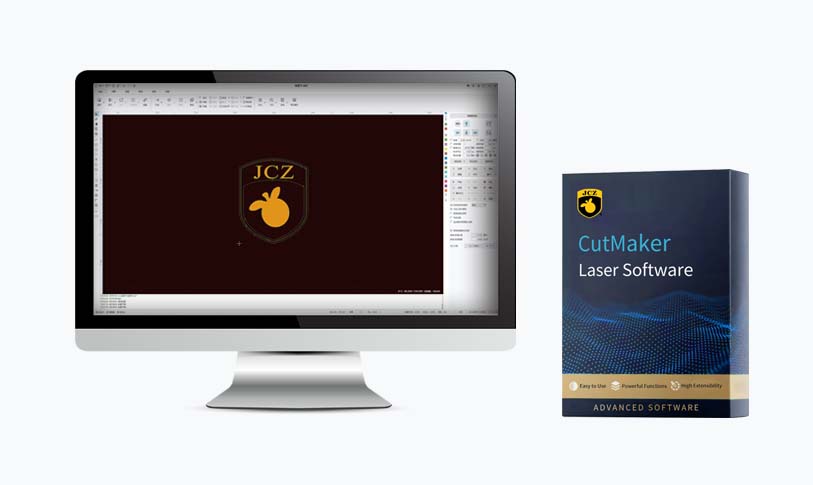
Unlocking Creativity: The Best Free Software for Laser Engraver Enthusiasts and Professionals Alike
In recent years, the rise of laser engraving technology has empowered artists, makers, and hobbyists to transform their creative visions into tangible products. Whether you’re an experienced engraver or just starting out, having the right software is crucial to achieving the results you desire. Fortunately, many free software options cater to laser engraver users, allowing you to harness your creativity without breaking the bank. In this article, we will explore some of the most effective free software solutions available for laser engravers, including their features and how they can enhance your engraving projects.
1. Inkscape
Inkscape is a powerful and versatile vector graphics editor that is often regarded as the go-to software for laser engraving. It’s open-source, which means you can download it for free, and it’s compatible with various operating systems including Windows, macOS, and Linux. One of its standout features is that it supports a variety of file formats like SVG, PNG, and DXF, which are essential for laser engravers.
With Inkscape, you can create intricate designs and illustrations that are ready for engraving. The software offers a robust set of tools including shapes, text, and path manipulation options. Moreover, it has built-in extensions specifically designed for laser cutting and engraving, making it easy for users to prepare their artwork for machines.
Inkscape’s user-friendly interface allows both beginners and professionals to easily navigate its features. Numerous tutorials are available online that can help users learn how to maximize its functionalities for laser engraving.
2. LaserGRBL
LaserGRBL is an open-source software designed specifically for controlling laser engravers. It is an excellent choice for users who prefer a more hands-on approach to running their engraving jobs. The software works seamlessly with GRBL firmware, which is commonly used in many DIY laser engraving machines.
LaserGRBL is equipped with various features including real-time monitoring of the engraving process, the ability to control laser power and speed, and support for multiple image formats such as BMP and JPG. One of its unique tools is the built-in image converter, which allows users to convert images into G-code – the language that most laser engravers understand.
The advantage of using LaserGRBL is its straightforward setup process, along with a supportive community that is often eager to help newcomers. With such resources at hand, getting started with laser engraving becomes a less daunting task.

Unlocking Creativity: The Best Free Software for Laser Engraver Enthusiasts and Professionals Alike
3. LightBurn (Trial Version)

Unlocking Creativity: The Best Free Software for Laser Engraver Enthusiasts and Professionals Alike
While LightBurn is a commercial software, it offers a free trial version that allows users to test its vast range of features before committing financially. LightBurn is designed for laser cutting, engraving, and etching and is compatible with various laser models. Its robust toolset makes it suitable for both novice and professional engravers.
LightBurn allows users to import designs from different file formats, manipulate them freely, and configure settings for a variety of laser operations. The software boasts a user-friendly interface with drag-and-drop capabilities, making the design process efficient. Even though its trial version has some limitations, users can gain substantial knowledge and experience during the trial period.
4. GIMP
GIMP (GNU Image Manipulation Program) may not be solely designed for vector graphics or laser engraving, but its image editing capabilities make it a valuable tool for engravers looking to prepare raster images for their projects. GIMP is a free and open-source graphics editor available on multiple platforms.
For laser engraving, GIMP can be used to edit raster images, adjust colors, and apply various effects that can enhance the final engraving quality. Users can prepare high-contrast black and white images, which work exceptionally well for laser engraving. By manipulating images within GIMP, users can achieve detailed engravings that showcase their artistry.
Conclusion
In summary, the world of laser engraving is accessible to all thanks to a variety of free software options available. Whether it’s designing intricate vector graphics in Inkscape, controlling your engraver with LaserGRBL, exploring the trial features of LightBurn, or preparing images in GIMP, these tools empower both beginners and professionals to bring their ideas to life.
As you embark on your engraving journey, experiment with these software options to determine which best suits your needs. The right software can significantly enhance your creative process and help you produce stunning laser-engraved pieces that showcase your unique artistic style. With dedication and the right tools, the possibilities are endless, and the only limit is your imagination. Happy engraving!hand held metal laser




